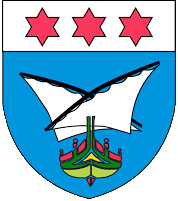Geography
Qala stretches over the larger part of the east side of the island Gozo, covering an area of 5.85 kilometres square. It has an average population of 2100 and ranks as one of the medium sized villages of Gozo. It has a unique geology since it is the only village in the Maltese lslands where one can find deposits of all the five strata of Maltese rock. It also includes within its limits the largest concentration of deep valleys in the islands. One deep valley runs across the centre of the village; this valley and other wider and picturesque ones give rise to hills which form the skyline of Qala, a skyline very similar to that figuring on the emblem of Gozo
History
Besides, two punic tombs with pottery remains were unearthed next to the chapel of the Immaculate Conception in 1964 and there were more in the same area that were never reported to the authorities. These discoveries suggest activity in the area during Punic times.
